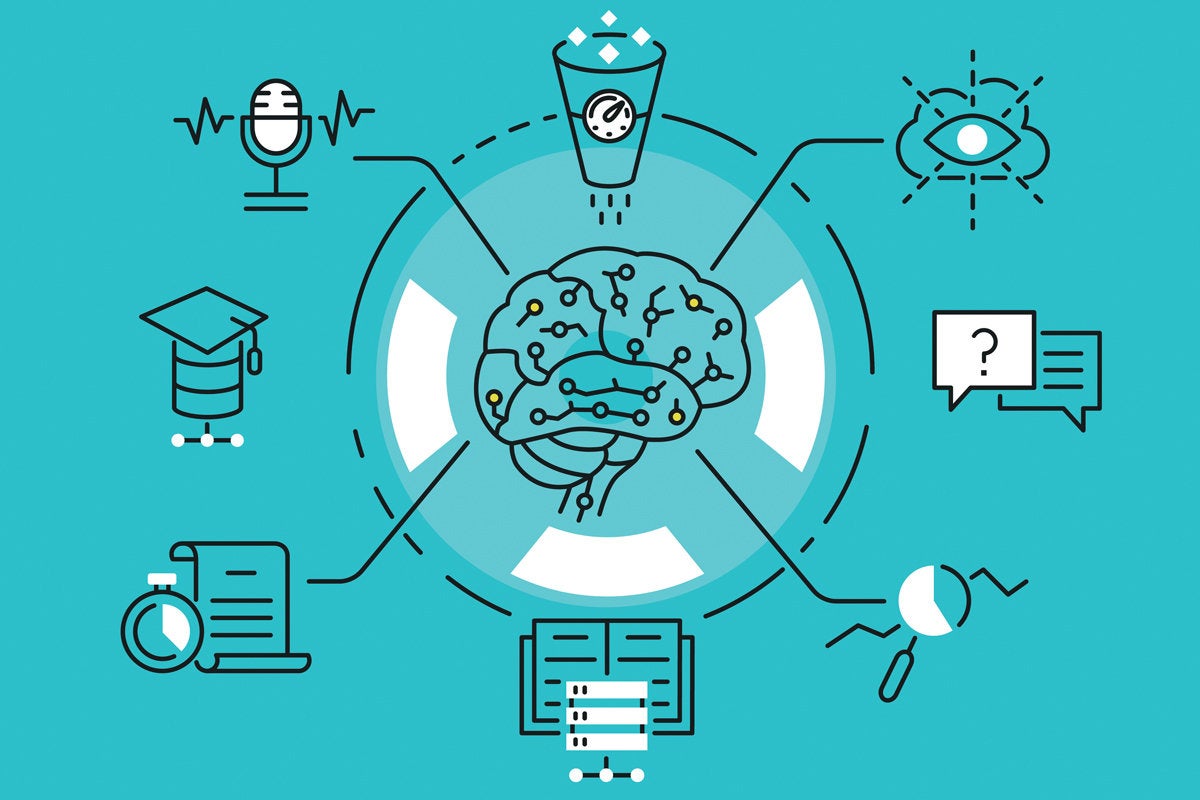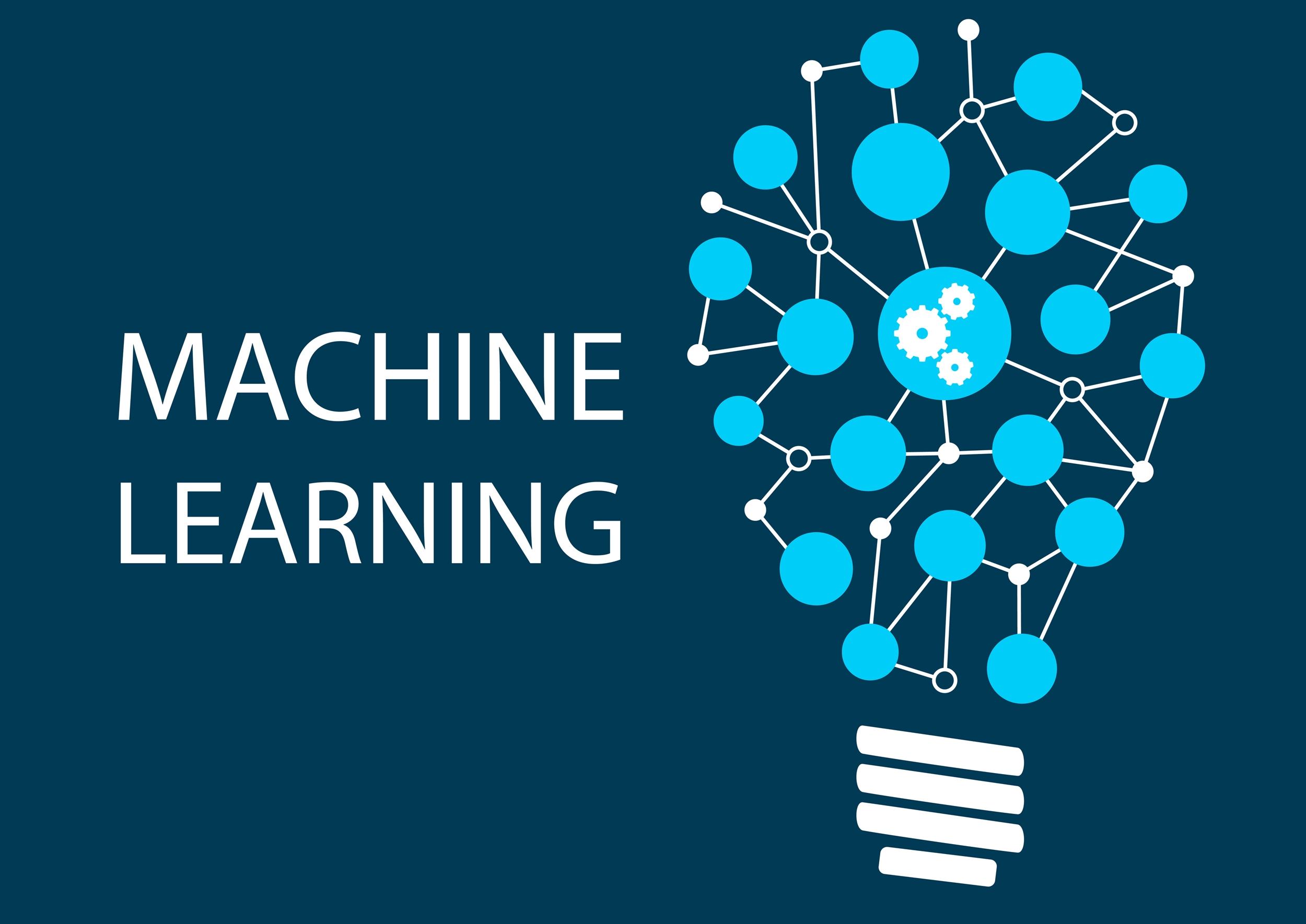Introduction:
Computer vision, a subfield of artificial intelligence, focuses on empowering machines to interpret and understand visual information. Image datasets lie at the heart of computer vision applications, serving as the foundation for training and evaluating machine learning models. This exploration delves into the intricacies of image datasets for computer vision in machine learning, examining their significance, diversity, and the pivotal role they play in advancing the capabilities of visual recognition systems.
The Significance of Image Datasets in Computer Vision:
1. Training Machine Learning Models:
- Image datasets form the training ground for machine learning models in computer vision. These datasets contain annotated images that provide the necessary information for models to learn patterns, features, and relationships within visual data.
2. Benchmarking Model Performance:
- Image datasets serve as benchmarks for evaluating the performance of computer vision models. Standardized datasets enable fair comparisons between different models and approaches, fostering advancements in the field.
3. Diversity for Generalization:
- Diverse image datasets contribute to the generalization capabilities of computer vision models. Exposure to a wide range of images helps models adapt to various scenarios, improving their ability to recognize objects, scenes, and patterns in real-world applications.
4. Application Development:
- Image datasets play a crucial role in developing applications across diverse industries, including healthcare, automotive, agriculture, and more. These datasets fuel the innovation behind image-based applications, from medical diagnosis to autonomous vehicles.
5. Addressing Real-World Challenges:
- By incorporating real-world challenges, such as variations in lighting, angles, and occlusions, image datasets help computer vision models overcome common hurdles. This prepares models for deployment in practical scenarios where environmental conditions may vary.
Types of Image Datasets:
1. Object Recognition Datasets:
- These datasets focus on recognizing and classifying objects within images. Examples include the ImageNet dataset, COCO dataset, and Pascal VOC dataset. Object recognition datasets are foundational for developing models capable of identifying various objects in diverse contexts.
2. Image Segmentation Datasets:
- Image segmentation datasets involve labeling individual pixels within an image to delineate object boundaries. The Microsoft COCO dataset and ADE20K dataset are examples that facilitate the training of models for tasks like semantic segmentation.
3. Facial Recognition Datasets:
- Datasets like Labeled Faces in the Wild (LFW) and CelebA are dedicated to facial recognition tasks. These datasets support the development of models for facial detection, emotion recognition, and identity verification.
4. Medical Imaging Datasets:
- Medical imaging datasets, such as MURA for musculoskeletal radiographs and ImageCLEFmed for diverse medical images, contribute to the advancement of diagnostic tools and healthcare applications using computer vision.
5. Remote Sensing Datasets:
- Remote sensing datasets, like SpaceNet for satellite imagery, aid in applications such as land cover classification, disaster response, and environmental monitoring. These datasets are vital for harnessing the potential of computer vision in geospatial analysis.
Challenges in Image Datasets for Computer Vision:

1. Data Annotation and Labeling:
- The process of annotating and labeling large-scale image datasets requires significant human effort. Ensuring accurate and consistent annotations is crucial for training reliable computer vision models.
2. Imbalanced Datasets:
- Imbalances in the distribution of classes within image datasets can impact model performance. Addressing class imbalances ensures that models do not exhibit biases toward overrepresented classes.
3. Data Privacy and Ethical Concerns:
- Image datasets, especially those containing sensitive information like medical images or facial data, raise privacy and ethical concerns. Ensuring responsible data usage and implementing robust anonymization techniques are imperative.
4. Transferability Across Domains:
- Models trained on one domain may struggle to generalize when applied to a different domain. Bridging the domain gap is a challenge, and adapting models to new environments requires domain-specific datasets.
5. Limited Availability of Annotated Data:
- In certain domains, obtaining large-scale annotated datasets can be challenging. Limited availability of annotated data hinders the training of robust computer vision models, particularly in specialized fields.
Opportunities in Leveraging Image Datasets for Computer Vision:
1. Transfer Learning:
- Transfer learning allows models pre-trained on large datasets to be fine-tuned for specific tasks using smaller, domain-specific datasets. This approach maximizes the utility of existing image datasets for diverse applications.
2. Synthetic Data Generation:
- Synthetic data generation techniques enable the creation of artificial datasets to supplement existing ones. Generative models can produce realistic images, expanding the diversity of data available for training.
3. Active Learning Strategies:
- Active learning involves iteratively selecting the most informative samples for annotation. This approach optimizes the use of resources by focusing annotation efforts on instances where the model exhibits uncertainty.
4. Domain Adaptation Techniques:
- Domain adaptation methods aim to enhance model performance when transitioning from one domain to another. By aligning features across domains, these techniques mitigate the challenges associated with domain-specific datasets.
5. Collaborative Dataset Creation:
- Collaborative efforts involving the sharing of datasets among research communities and industries can address the challenge of limited availability of annotated data. Open collaboration fosters the creation of more extensive and diverse datasets.
Techniques for Analyzing Image Datasets:
1. Convolutional Neural Networks (CNNs):
- CNNs are foundational for image classification and feature extraction tasks. These deep learning architectures are well-suited for capturing hierarchical features in images, making them essential for computer vision.
2. Transfer Learning with Pre-trained Models:
- Leveraging pre-trained models, such as those trained on ImageNet, accelerates the training process for specific computer vision tasks. Transfer learning enables the adaptation of knowledge gained from one dataset to another.
3. Image Augmentation:
- Image augmentation involves applying transformations to existing images, such as rotation or flipping, to create variations in the dataset. This technique helps models generalize better by exposing them to diverse perspectives.
4. Object Detection Algorithms:
- Object detection algorithms, like Faster R-CNN and YOLO (You Only Look Once), enable the identification and localization of objects within images. These algorithms are crucial for applications requiring precise object recognition.
5. Semantic Segmentation Networks:
- Semantic segmentation networks, such as U-Net and DeepLab, segment images into pixel-level masks, assigning each pixel to a specific class. This technique is valuable for tasks requiring detailed scene understanding.
Real-World Implications:

1. Autonomous Vehicles:
- Image datasets play a pivotal role in training computer vision models for object detection, lane segmentation, and obstacle recognition in autonomous vehicles. These models contribute to the development of safe and reliable self-driving technology.
2. Medical Diagnostics:
- Medical imaging datasets enable the development of computer vision models for diagnosing diseases, identifying abnormalities, and assisting healthcare professionals in making informed decisions. This has transformative implications for medical diagnostics.
3. Agricultural Automation:
- Image datasets in agriculture support the development of models for crop monitoring, disease detection, and yield prediction. Computer vision applications contribute to optimizing agricultural practices and enhancing crop management.
4. Surveillance and Security:
- Computer vision models trained on surveillance datasets assist in video analysis, facial recognition, and anomaly detection. These applications enhance security measures and contribute to public safety.
5. Artificial Intelligence in Creative Industries:
- Image datasets fuel creativity in industries like graphic design and digital arts. Generative models trained on diverse datasets contribute to the creation of innovative visual content and artistic expressions.
Future Directions in Image Datasets for Computer Vision:
1. 3D Image Datasets:
- The integration of 3D image datasets will enable the development of computer vision models capable of understanding and interpreting three-dimensional visual information. This has implications for augmented reality, robotics, and virtual environments.
2. Robustness to Adversarial Attacks:
- Future image datasets will likely focus on enhancing model robustness to adversarial attacks. Adversarial training and the creation of datasets containing adversarial examples will be essential for developing more secure computer vision systems.
3. Cross-Modal Datasets:
- Cross-modal datasets, incorporating data from multiple sources such as images, text, and audio, will facilitate the development of models capable of understanding and interpreting information across different modalities.
4. Ethical Considerations in Image Datasets:
- Addressing ethical concerns related to image datasets, such as bias and privacy, will be a priority. Future datasets will likely incorporate mechanisms to ensure fairness, transparency, and responsible use of visual data.
5. Continual Learning and Lifelong Datasets:
- Continual learning techniques will become crucial for adapting computer vision models to evolving environments. Lifelong datasets that evolve over time will be essential for training models that can continually learn and adapt to new information.
Conclusion:
In the dynamic landscape of computer vision, image datasets form the bedrock upon which transformative technologies are built. From enhancing medical diagnostics to enabling autonomous vehicles, image datasets empower machine learning models to interpret and make decisions based on visual information. While challenges such as data privacy and imbalances persist, ongoing advancements in techniques like transfer learning, synthetic data generation, and collaborative dataset creation are shaping the future of computer vision. As the field continues to evolve, the exploration and curation of diverse and representative image datasets will remain pivotal, propelling the capabilities of computer vision systems and contributing to their widespread adoption across industries.

